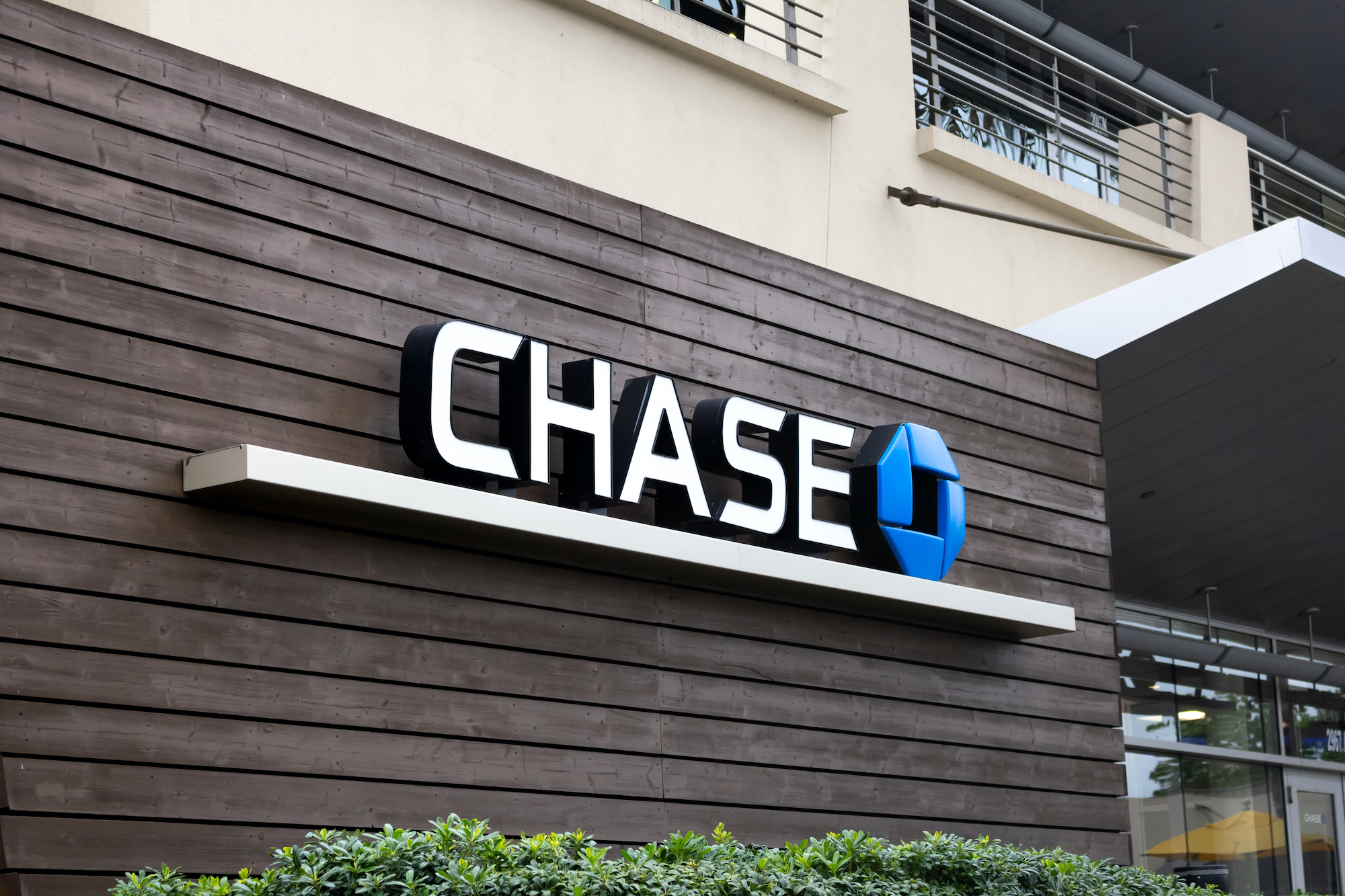While consumers’ digital adoption for many standard transactions has soared throughout COVID – a rise that’s predicted to continue –neobanks are increasingly competitive and financial institutions of all sizes seek greater efficiency. All of these developments spark big questions around the role of banking’s physical channel. As consumer behavior shifts, how relevant will the bank branch remain to be in helping banks acquire new customers and drive deposit growth and market share?
If the strategy employed by the nation’s biggest bank is any indication, the branch will continue to be crucial. In 2018, Chase Bank bucked industry trends by announcing an ambitious growth strategy – a $20 billion investment in adding 400 branches in new markets over five years. And as the pandemic shuttered lobbies and closed some branches for good around the nation, Chase doubled down on their physical channel growth, opening 100 branches in two years with 150 more opening in 2021 in markets as diverse as Des Moines, Raleigh, Minneapolis and Albuquerque.
But is the strategy working? All signs point to a resounding YES. For example, in heavily-banked Massachusetts, the brand has grown deposits by $500 million, while other markets have tripled their deposits. And the company continues to be optimistic about the approach, as Jennifer Piepszak, JP Morgan Chase CFO said on a recent earnings call. “The branch expansion is going very, very well… so we feel great about the continued growth.” Along with its investments in digital channels, both here and abroad, Chase is modeling a future where digital and physical converge to drive sustainable growth. Or, as an industry strategy vet recently said on CNBC: “JPMorgan is a brand that does everything well.”
To learn more about how you can optimize your branch network for omnichannel physical and digital delivery, email info@adrenalinex.com.
